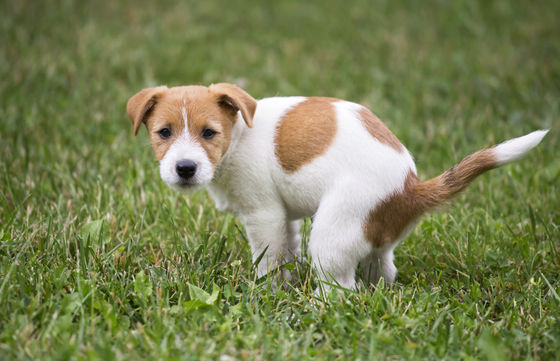AI that uses machine learning to distinguish whether 7,000-year-old poop is 'human poop' or 'dog poop' is born

It is known that humans and dogs have been living together for about 12,000 years, and sometimes fossils are unearthed that are unclear as to whether they are 'human poop' or 'dog poop.' A new AI called ' CoproID ' has been released that uses machine learning to solve such poop discrimination problems.
CoproID predicts the source of coprolites and paleofeces using microbiome composition and host DNA content [PeerJ]
Does This 7,000-Year-Old Poop Belong to a Human or a Dog? Machine Learning Has the Answer - VICE
https://www.vice.com/en_us/article/jge7j4/does-this-7000-year-old-poop-belong-to-a-human-or-dog-machine-learning-has-the-answer
Coprolites are, as the name suggests, fossils of excrement. Coprolites contain not only the DNA of the excretor, but also the DNA of food and intestinal microorganisms, making them excellent archaeological materials that can reveal information about the diet and health of the time by analyzing their contents.
However, it has long been pointed out that it is difficult to distinguish whether coprolites, which are such excellent archaeological materials, are human or dog. This problem is mainly due to the fact that dogs often have similar diets to humans, so their feces are similar, and because dogs sometimes eat human feces and humans sometimes eat dog meat, feces containing a mixture of human and dog DNA is found.

To solve this problem, a joint research team from the Max Planck Institute for the Science of Human History, Durham University, Harvard University, and the University of Oklahoma developed CoproID, an AI that uses machine learning to distinguish between human feces and dog feces. CoproID identifies the person who excreted the feces by comparing the DNA of modern feces with the DNA of the fecal pellets.
The team tested 13 coprolites excavated from 10 archaeological sites in Mexico, China, and Europe, and seven non-coprolite sediments to test whether the system could accurately detect non-coprolites, for a total of 20 samples. The oldest coprolite in the test was approximately 7,200 years old.
As a result of these tests, CoproID determined that five of the 13 coprolites were human, two were canine, and the remaining six were unknown. On the other hand, it concluded that all seven non-coprolite deposits were not coprolites. The image below shows the actual coprolites used in the test.

Of the six coprolites that were deemed unidentified, three did not contain enough DNA to identify whether they were human or canine, while the remaining three contained enough gut flora to be presumed to be human, but also contained a mysterious amount of canine DNA. The team hypothesizes that the latter may represent either human feces that ate dog meat, or dog feces with a gut microbiome that is completely different from that of modern dogs.
The research team said that stray dogs that get their food from scavenging in urban areas or hunting in the wild may have had completely different microorganisms in their intestines compared to dogs that eat pet food at the same time every day, and pointed out that modern dogs and ancient dogs may have completely different intestinal microbiomes. 'In order to improve the accuracy of CoproID, we need to wait for progress in research on the dog's intestinal microbiome,' they said.
The research team plans to input new data into CoproID in the future to improve its accuracy.
Related Posts:







